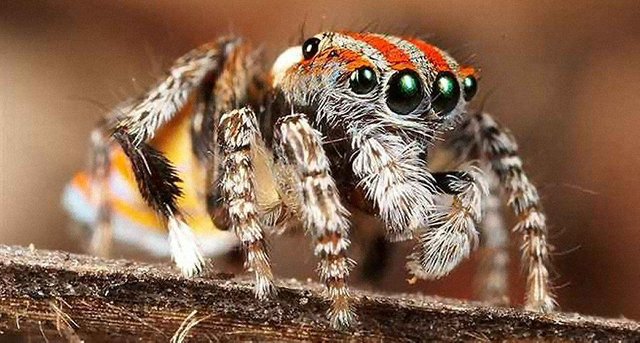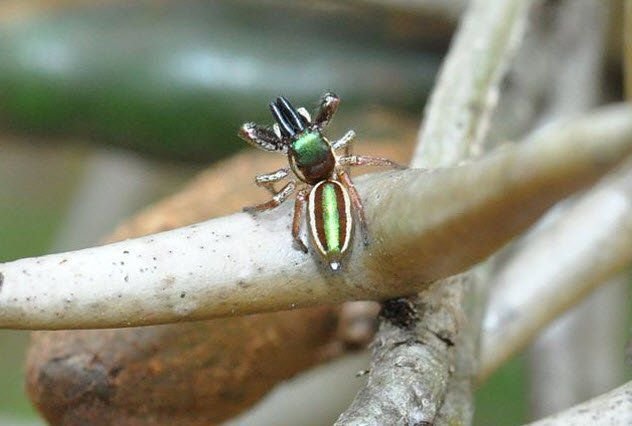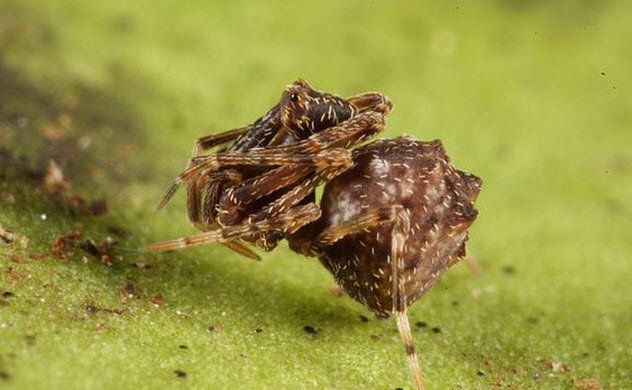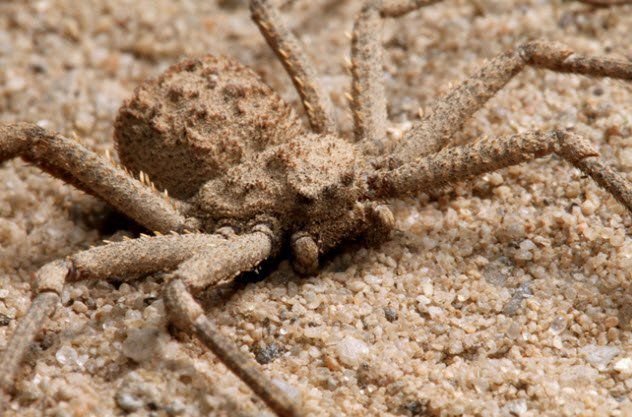About spiders
Spiders are creatures that are feared by many people, although they include many different species, but some may be poisonous
Australian Jumping Spider
The Australian peacock spider is the spider discovered by Australian photographer Jrgen in 2014 after being attacked by the spider. Despite the shy body of this spider, however, it should be wary of its deceptive ability to attract your attention. The Australian peacock spider is found in black or other colored patterns that are still being discovered.
Plant-Eating Spider
These spiders are known for aggressive and predatory habits. Plant-eating spiders live in southeastern Mexico and northwest Costa Rica and rely on acacia and high-fat protein in their diets. This spider was discovered in 1800
Only they are herbivorous spiders in the first place, making them alien species. The herbivorous spiders are famous for their competition with ants in plant eating. This spider is often fed on ants larvae, making their species unusual
Pelican Spider
The group of swan spiders are exotic spiders that are found in Australia, Madagascar, and South Africa. The evolution of the spider's bosom with the evolutionary development of arthropods is a strange and supernatural version, and is an example of a miniature version of birds of the same name. The body of this spider comes with its extended neck, while the upper part of the neck is similar to that of the real swan, and the eyes are those who have small eyes in the front part of the head like birds. So the spider's spider is one of the strange and wonderful spiders whose properties enable it to perform some rather exotic functions
Six-Eyed Sand Spider
The six-eyed sand spider is the least famous and frightening marvel of nature in the southern regions of the African continent. This spider is found in sand deserts in the southern regions of the African continent.
This spider has a sand-colored ability, about 14 cm long, and has the ability to bury its head very quickly in the sand with the ability to hide its six eyes in the sand to protect itself from any predator, and then stay without any movement
---------------------------------------------------




Excellent post dear friend @ mars9, very good information thank you very much
Very Interesting, Great Photo's!